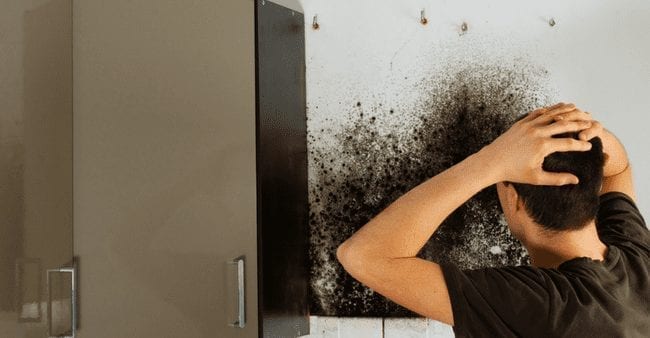Overview To Water Leakage Detection At Home
Overview To Water Leakage Detection At Home
Blog Article
Are you on the lookout for information and facts about Finding hidden leaks?

Early discovery of dripping water lines can minimize a possible disaster. Some little water leaks might not be visible.
1. Analyze the Water Meter
Checking it is a guaranteed method that helps you discover leaks. If it moves, that indicates a fast-moving leak. This implies you might have a sluggish leak that could even be below ground.
2. Inspect Water Consumption
Analyze your water expenses as well as track your water consumption. As the one paying it, you need to observe if there are any type of discrepancies. If you spot sudden changes, regardless of your intake coinciding, it indicates that you have leaks in your plumbing system. Keep in mind, your water costs should fall under the exact same variety every month. An abrupt spike in your expense suggests a fast-moving leak.
On the other hand, a stable increase every month, despite the same routines, shows you have a slow-moving leak that's additionally gradually rising. Call a plumber to thoroughly examine your residential property, especially if you really feel a cozy location on your floor with piping beneath.
3. Do a Food Coloring Examination
When it comes to water usage, 30% comes from toilets. If the color in some way infiltrates your bowl during that time without flushing, there's a leak in between the container as well as dish.
4. Asses Outside Lines
Do not fail to remember to check your outdoor water lines too. Ought to water seep out of the link, you have a loose rubber gasket. One tiny leakage can lose bunches of water as well as spike your water expense.
5. Examine the scenario and also examine
Homeowners should make it a routine to examine under the sink counters and also also inside cupboards for any type of bad odor or mold development. These two red flags indicate a leakage so prompt interest is needed. Doing routine evaluations, even bi-annually, can save you from a significant trouble.
More notably, if you know your residence is currently old, maintain a watchful eye on your heating systems, pipes, pipes and so on. Check for discolorations and also deteriorating as the majority of devices as well as pipelines have a life span. They will also naturally wear away as a result of damage. Do not wait for it to escalate if you presume leaking water lines in your plumbing system. Call a specialist plumber as soon as possible so you do not end up with a dreadful mess in your home.
Early detection of leaking water lines can reduce a potential catastrophe. Some little water leaks may not be visible. Inspecting it is a proven method that aids you find leaks. One tiny leak can throw away loads of water as well as surge your water costs.
If you suspect dripping water lines in your plumbing system, don't wait for it to intensify.
How to Know If Your Home Has a Hidden Leak
Water Meter Reveals Inexplicable Water Usage
If you’d like to test whether or not there’s a leak somewhere in your home, you can do this using your water meter. Here is how to conduct the test:
Don’t use any water in your home for at least 30 minutes; this also means not turning on faucets or water-using appliances.
Go outside, and check your water meter for activity.
If your water meter shows that there was activity, even though no one was using any water, this proves that there is a leak in your home.Visible Mold or Mildew Growth
Leaks behind walls create moist, dark environments that allow mold and mildew to grow and thrive. Eventually, you might see mold growth forming on the wall closest to a hidden leak.
If mold is growing in an area that receives a high amount of moisture, such as a bathroom, it may simply be an indication that better ventilation is needed. However, if you see mold growth on a wall or the ceiling in an area where you would not expect, you probably have a hidden leak.
Musty, Mildew Odor
Sometimes you might not be able to see the mold or mildew that is growing as a result of a leak. However, the smell can give the problem away just as easily. If you catch a whiff of something musty, there’s a good chance that old water is collecting somewhere in your home that you can’t see.
Stained/Warped Walls, Ceilings, or Floors
When your home soaks up water, a variety of red flags can become visible, including ceiling stains, bubbling drywall, warped walls, and sagging floors. While these issues can be caused by excess humidity, they can also be signs that a pipe or plumbing connection has started leaking behind your walls.
Inexplicably High Water Bill
After a while, you get a general sense for what your water bill should be. If you own a pool or sprinkler system, your bill will tend to be higher during summer. However, if you receive a water bill that seems especially high, and you can’t figure out what caused it, then you may have a hidden leak somewhere that’s increasing your bill.
https://www.plumbingjoint.com/blog/2019/july/how-to-know-if-your-home-has-a-hidden-leak/

I was made aware of that article on Top leak detection hacks from someone on our other web blog. Loved our content? Please share it. Help other people locate it. We value reading our article about Leaking water lines.
Report this page